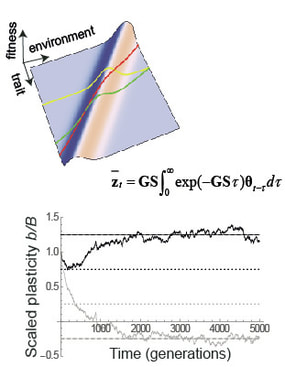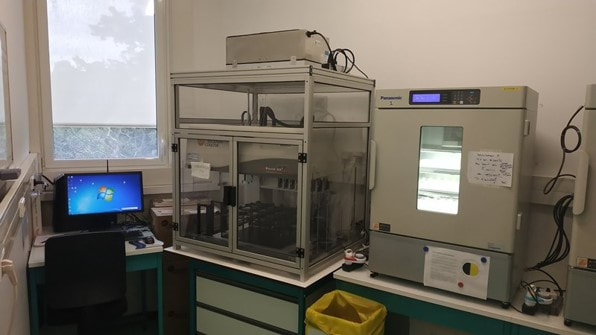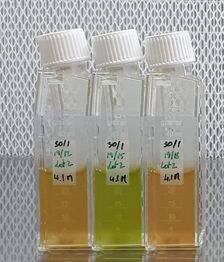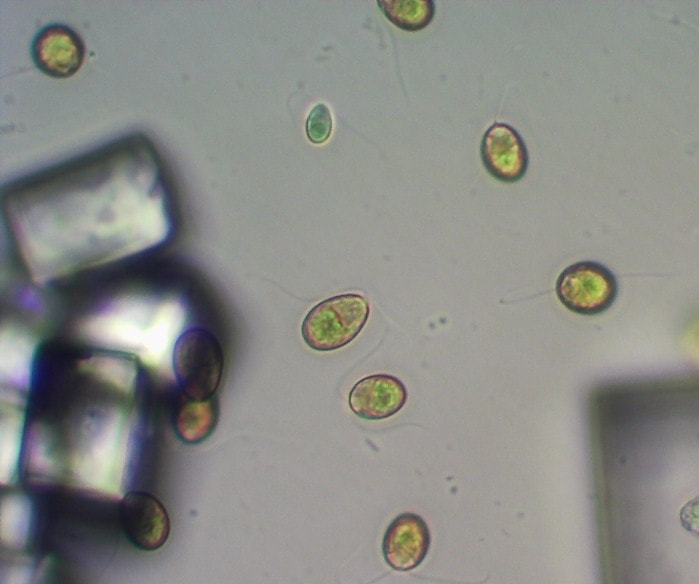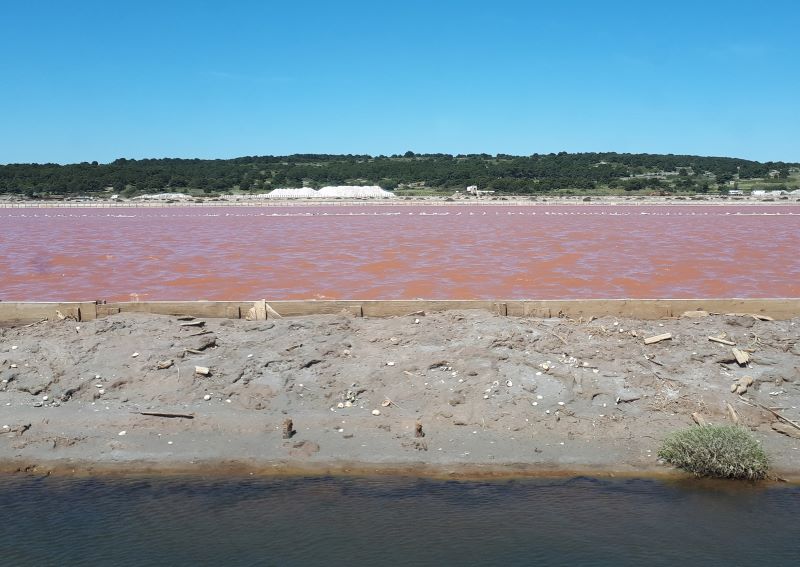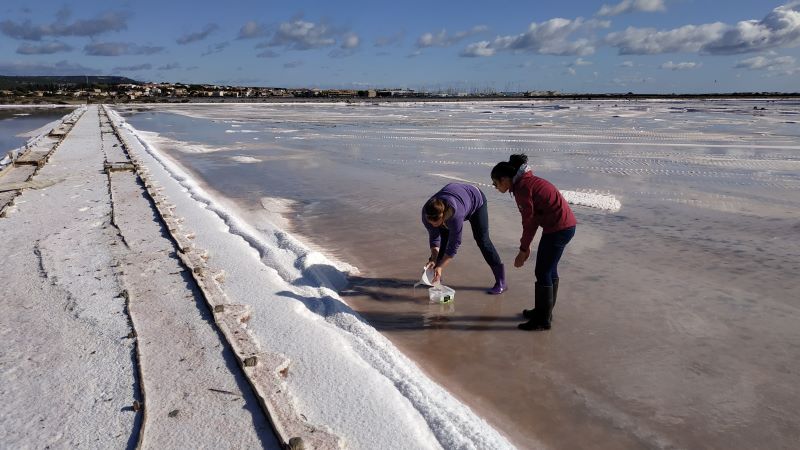- Questions and Approaches -
We investigate a range of questions relating to adaptive evolution, from the influence of the environment on natural selection and the expression of phenotypes (phenotypic plasticity), to the genetic architecture of responses to selection, or the consequences of evolution for population growth and extinction risk in changing environments.
We use a diversity of approaches, as detailed below.
(For the specifics of any of these projects , see the publication list)
We use a diversity of approaches, as detailed below.
(For the specifics of any of these projects , see the publication list)
Theory
|
Theoretical models enable us to ask general questions about evolutionary processes. Their analysis can guide our intuition and improve our understanding of these processes, as well as providing quantitative and qualitative predictions that can be tested empirically.
We rely on population and quantitative genetic models to study adaptation to changing environments, notably:
|
Laboratory experiments
|
We use experiments in controlled conditions to test or refine some of the predictions made by theory, or reveal new interesting biology that may challenge our current understanding of ecology and evolution.
We work with halophile or halotolerant organisms, because they have simple niches that largely consist of adaptation to a major axis of their abioitic environment: salinity. Recent and ongoing projects include:
|
Analysis of natural populations
|
Long-term studies of natural populations allow observation of contemporary evolution in real conditions, and are therefore extremely valuable for testing and quantifying evolutionary predictions.
Such investigations may also be carried out retrospectively, by analyzing resting stages, such as diapaused eggs from the sediments. Recent or current projects include:
|
